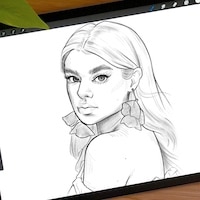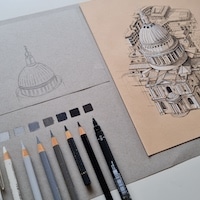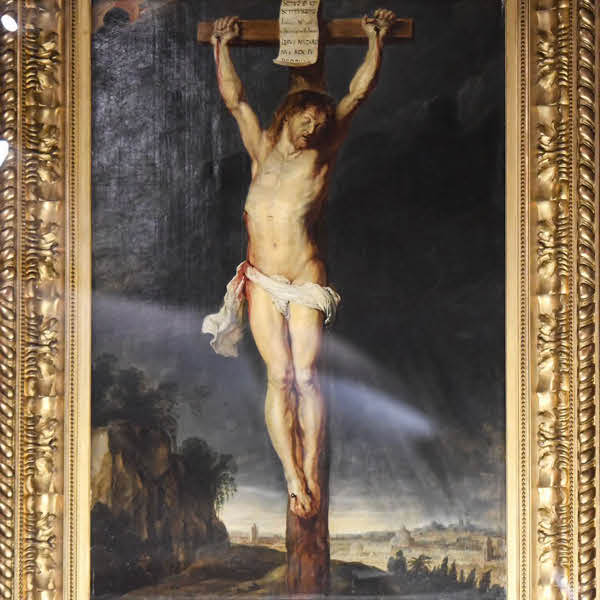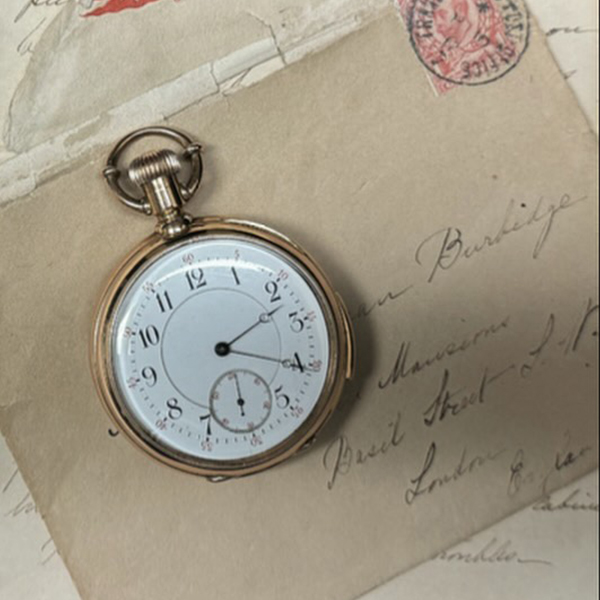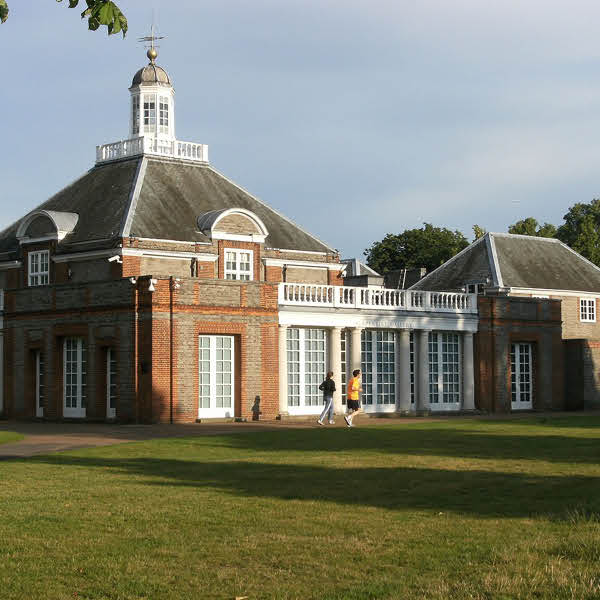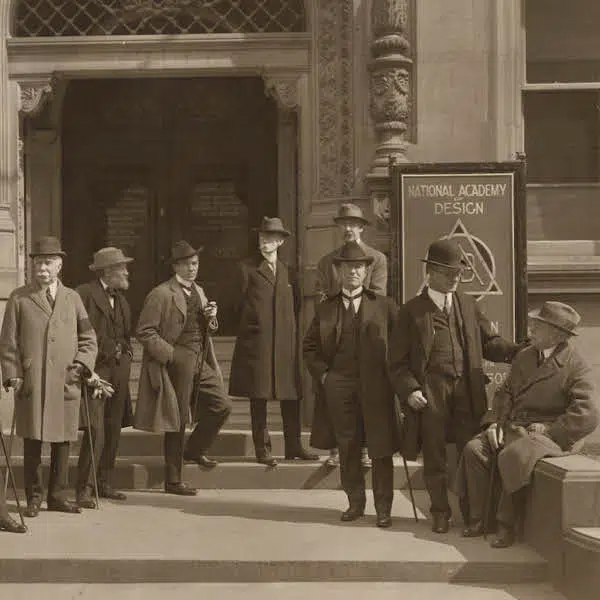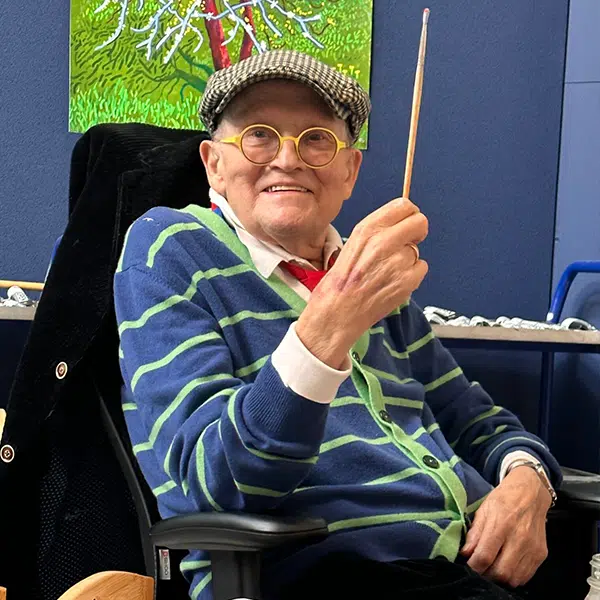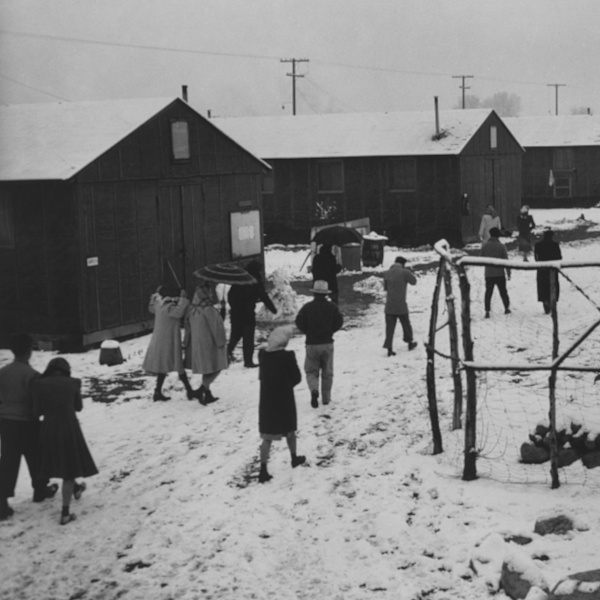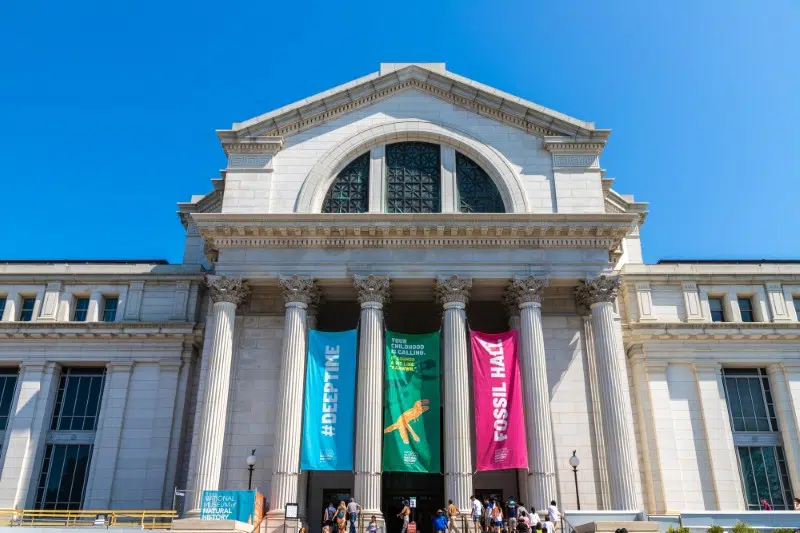
Smithsonian National Museum of Natural History Photo: bloodua/Depositphotos
Since 1847, the Smithsonian Institute has worked to spread knowledge and preserve America's national heritage. With a historical archive of over 157 items spread across 21 museums, 21 libraries, 14 education and research centers, a zoo, and historical and architectural landmarks, the institution's importance cannot be understated. However, after President Donald Trump released an executive order on March 27, there will be big changes to how the Smithsonian presents American history.
The order, titled “Restoring Truth and Sanity to American History,” takes aim at what the administration calls “a concerted and widespread effort to rewrite our Nation’s history, replacing objective facts with a distorted narrative driven by ideology rather than truth.” The administration takes umbrage with displays that “portray American and Western values as inherently harmful and oppressive.” Specifically, an exhibition at the Smithsonian American Art Museum that deals with themes of monumental sculpture and race is used as an example of promoting negativity.
The order also cites the forthcoming Smithsonian American Women’s History Museum inclusion of trans athletes, calling them “male athletes participating in women’s sports,” as unacceptable. Acting under the guise of “restoring” a proper vision of America's history, the order calls for the elimination of “ideological indoctrination or divisive narratives.”
To ensure that the administration's vision of America is upheld, Vice President JD Vance will now oversee an effort to “remove improper ideology from [Smithsonian] properties.” Vance, who is on the Smithsonian Board of Regents, will also work with the director of the Office of Management and Budget and Congress to ensure that funding will not be allocated to exhibitions that “degrade shared American values, divide Americans based on race, or promote programs or ideologies inconsistent with Federal law and policy.”
However, President Trump doesn't focus only on the Smithsonian. He also provides funding to restore Independence National Historical Park ahead of the 250th anniversary of the signing of the Declaration of Independence on July 4, 2026. There is also a call to reevaluate the removal of many public monuments, particularly those related to Confederate figures, that occurred during the Black Lives Matter movement.
It moves to evaluate all monuments within the Department of the Interior’s jurisdiction and see whether or not they should be reinstated as not to “perpetuate a false reconstruction of American history.” At the same time, all public monuments, memorials, statues, and markers will be checked to ensure that they don't include negative descriptions of Americans, living or dead, to “focus on the greatness of the achievements and progress of the American people.”
The public, as well as Smithsonian leadership, will not wait and see how these changes unfold. Lonnie G. Bunch III has served as the Secretary of the Smithsonian since 2019. Bunch is both the first historian and the first Black person to serve as Secretary, after having worked as the founding director of the National Museum of African American History and Culture for nearly 15 years.
While Bunch, and not the President, is in charge of the Smithsonian, he'll have to decide how—or if—he can work with the new mandate. Though he has not commented publicly, the contents of an internal email Bunch sent has been made public. In it, he vows that the institute will “remain steadfast” and “continue to showcase world-class exhibits, collections, and objects, rooted in expertise and accuracy.”
He continued, “As always, our work will be shaped by the best scholarship, free of partisanship, to help the American public better understand our nation’s history, challenges, and triumphs.”
President Donald Trump released an executive order on March 27 making big changes to how the Smithsonian presents American history.
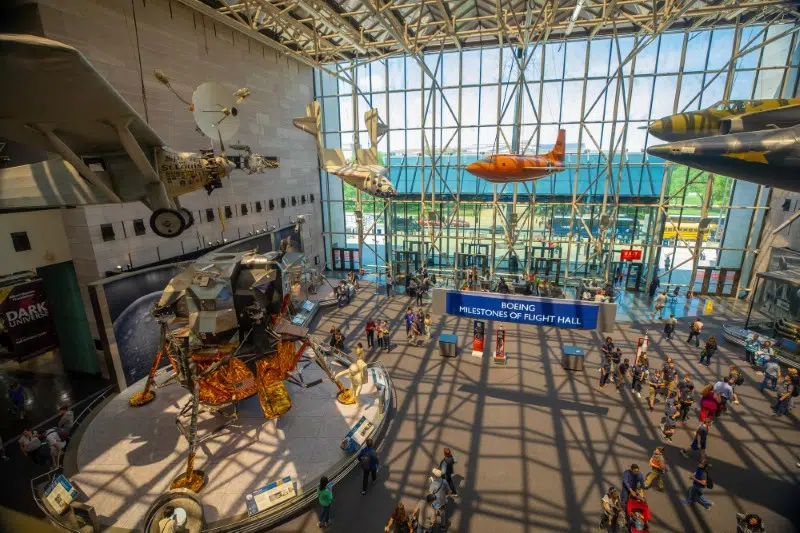
Smithsonian National Air and Space Museum (Photo: sergey.miami2you.com/Depositphotos)
To ensure that the administration's vision of America is upheld, Vice President JD Vance will now oversee an effort to “remove improper ideology from [Smithsonian] properties.”
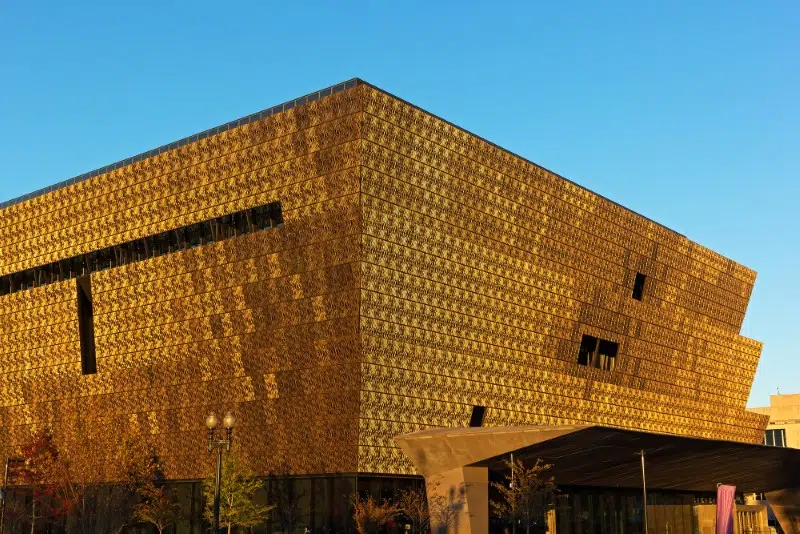
Smithsonian National Museum of African American History and Culture (Photo: avmedved/Depositphotos)
Funding will not be allocated to exhibitions that “degrade shared American values, divide Americans based on race, or promote programs or ideologies inconsistent with Federal law and policy.”
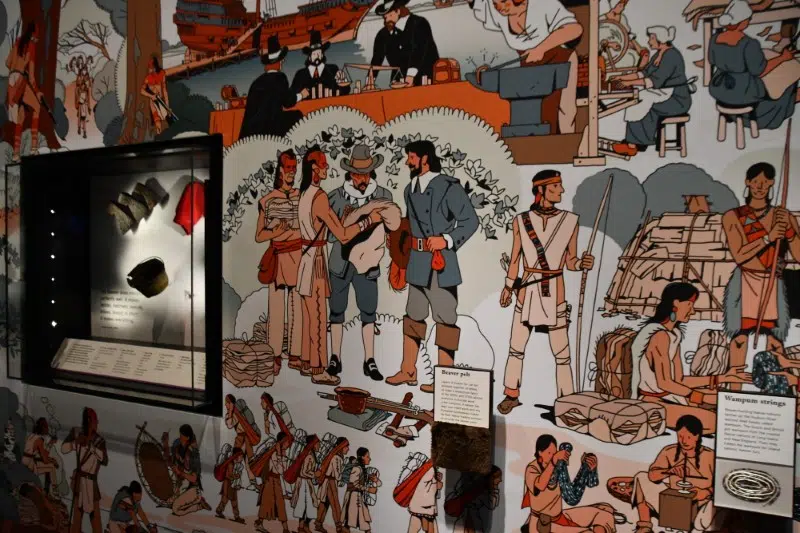
Native New York Exhibit at the Smithsonian National Museum of the American Indian in New York City, as seen on March 18, 2023. (Photo: sainaniritu/Depositphotos)
Secretary of the Smithsonian Lonnie G. Bunch III wrote an email asking his staff to remain “steadfast” and vowed to “continue to showcase world-class exhibits.”
NEW: Internal staff email from Smithsonian secretary Lonnie Bunch addressing Trump’s executive order.
“As always, our work will be shaped by the best scholarship, free of partisanship, to help the American public better understand our nation’s history, challenges and trumphs.” pic.twitter.com/ZaEwq3i4Mz
— Benjamin S. Weiss (@BenjaminSWeiss) March 28, 2025
Source: Restoring Truth and Sanity to American History; Trump’s Order Puts the Smithsonian’s Chief in the Hot Seat; Trump executive order to force changes at Smithsonian Institution, targeting funding for programs with ‘improper ideology’
Related Articles:
Federal Agency Staff Responsible for Funding Libraries and Museums Placed on Leave via Email
What Is the Smithsonian? Discover and Explore This National Institution
The Smithsonian Announces Possible Locations for New Museums for Women and Latinos
Smithsonian Places 4.5 Million Historic Images Into the Public Domain














